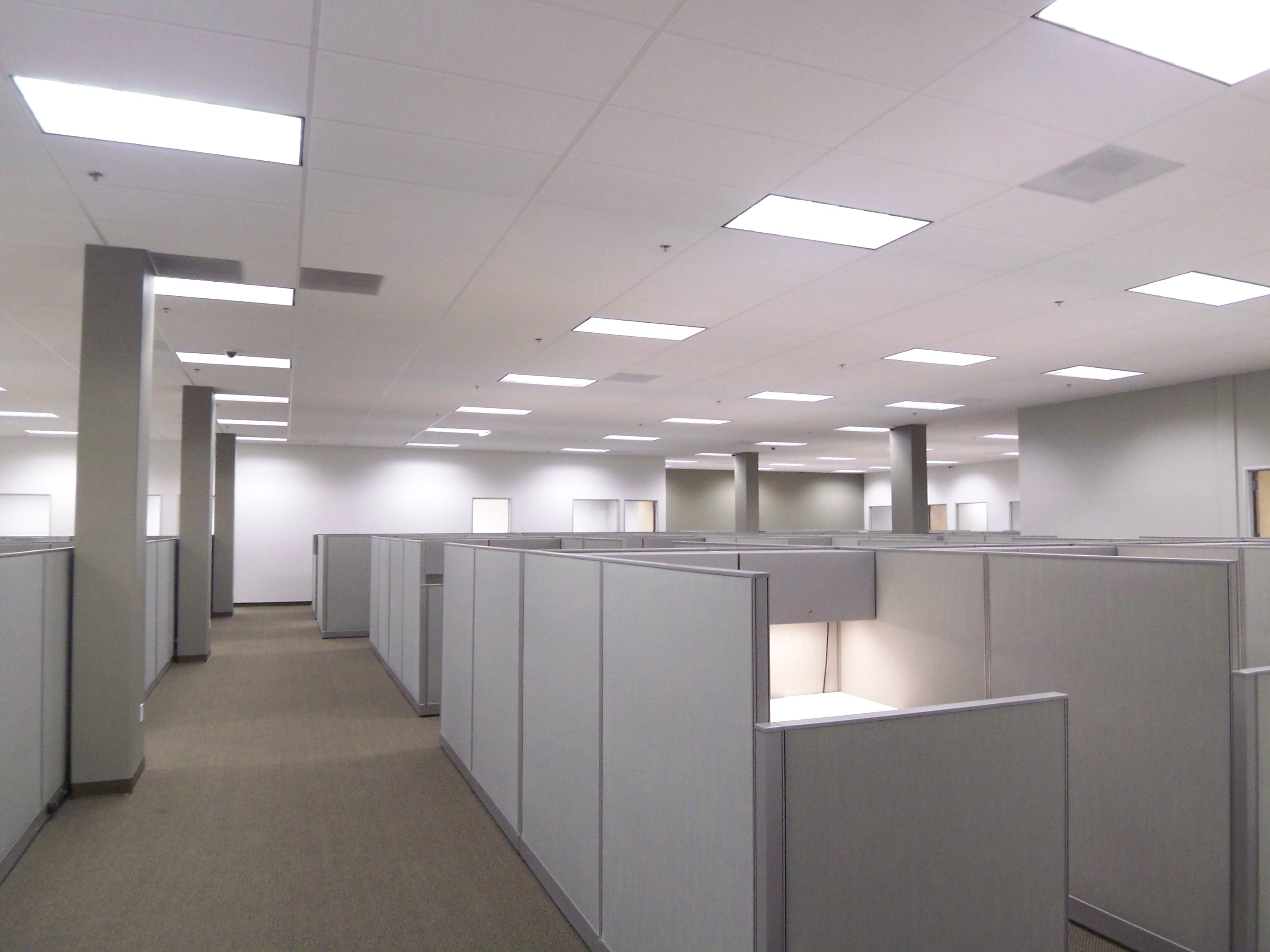
Certain factors such as the type and brightness of a computer monitor can have an effect on the type of lighting selected, as lighting that is too intense can cause eye strain when trying to read text or view images on a screen. The level of illumination selected for an office workplace is highly dependent on the specifics of the environment. Office Space Lighting Level Recommendations OSHA 1926 Subpart D – This subpart details construction area lighting standards. OSHA 1915 Subpart F – Deals with illumination requirements for working conditions in shipyards. OSHA 1910 Illumination Standards – This is the requirement subpart of OSHA lighting standards which details the examination, installation and use of electrical equipment as well as exit routes and emergency planning for workplaces. One lux is defined as the amount of illumination supplied by one candle upon a one meter surface area from the distance of one meter away from the candle. Lux Level – This is the measurement of light intensity. Because different types of work environments require different levels of illumination, OSHA sets minimum lighting requirements for each in foot-cantles (ft-c). Below is a list of both lighting definitions and OSHA terms:įoot Candle – A measurement of light output, defined as the amount of illumination produced by a candle at a distance of one foot away. In order to understand these requirements, there is a set of definitions that must be understood first. Lighting Requirements Per OSHAĪs one might expect, OSHA has a wide range of workplace lighting standards that cover everything from recommended lighting levels for certain applications to the specifics of fixture construction – and all sorts of other topics in between. While many employers may feel that these regulations are a bit overbearing, they will find that the long term benefits of quality lighting far outweigh the initial investment costs.

OSHA recognizes the importance this plays in preventing workplace accidents as well as ensuring comfortable working conditions with minimal strain on worker vision.

In fact, lighting is such a serious concern for workplace safety that the Occupational Health and Safety Administration (OSHA), has created their own standard for lighting in workplaces in the United States. It therefore is important that building managers and decision makers make quality lighting a top priority for the workplace. It also has a significant effect on the overall efficiency of workers as well as the quality of the work they produce.

While it isn’t a topic often considered by companies and employers, workplace lighting is a critical component of workplace safety across the country.


 0 kommentar(er)
0 kommentar(er)
